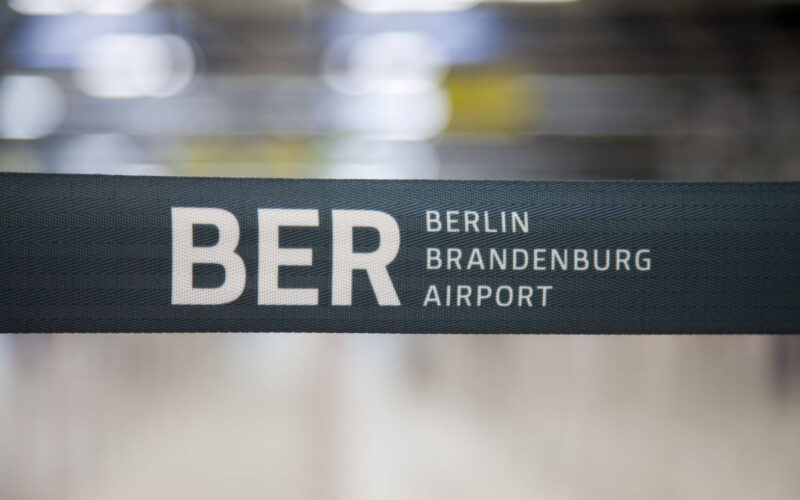As the pandemic rages on, the German capital begins long-awaited Brandenburg Airport opening. On the one hand, it sounds suicidal. On the other, not so much.
The launch began on October 25, 2020, when the airport’s train station was opened. On the same day, Schönefeld (SFX) was relocated to Brandenburg Terminal 5. On October 31, the Terminal 1 is unveiled, the closest to the grand opening we may ever see.
Initially a whole avalanche of events was planned, fitting for the opening which has been delayed time and time again for almost a decade (for the uninitiated, in the meantime Berlin Brandenburg Airport (BER) became a legend in itself – complete with media scandals and anecdotes about crumbling walls). As the second wave of COVID-19 pandemic swallowed Europe, the events were canceled, and the opening got to be conducted in much more low-key fashion.
The question may be raised: is it even sensible to open a new airport in such conditions? While restrictions are not what they were in March (despite numbers of COVID-19 cases being well above the level of the first wave), travel is barely above the rock bottom and is not set to return to pre-crisis levels any time soon.
Sure, the opening was planned back in 2019, way before the plague. But it is not like delaying it for a few years once again could harm anyone (more than it harmed before).
Yet, there may be at least several reasons why the launch was not delayed, and why now is the perfect time to commence it.
First and foremost, as the BER was being constructed, it was under constant fire for not being large enough. Relocating two airports (three, if we count Tempelhof, closed in 2008) of one of Europe’s busiest cities into one is no small task and the new airport has to be bigger than all the previous ones combined. Yet BER is not. It was too small for projected traveling numbers, hence, a number of new extensions were proposed almost as soon as the original project was finalized.
Now, the plan to enact a number of incremental enlargements – including an additional terminal – is in motion, and is set to be completed by 2040. If all goes well, in two decades BER will reach a capacity, reflective of projected traveler numbers. But those numbers were calculated without a consideration for a world-wide pandemic, which will disrupt every facet of the industry for years to come.
As the airport will be handling smaller than usual passenger numbers, there will be a possibility to solve yet another problem: the tragicomic shortcomings of BER’s infrastructure.
Escalators that are too small, rainwater collecting systems that destroy walls, stair railing that is just not there, inadequate fire protection, smoke extraction, fuel supply, and a pile of other systems that do not work and could cause a disaster if the airport opened to full capacity.
Those problems have been well publicized as the saga of eternally unopened airport unfolded, and in all likelihood will be solved for the opening. But they show that there is a lot to iron out for BER and the pandemic may give the required time to fix everything that could not be fixed before. An additional incentive to act quickly will be there too.
These two reasons may be enough to look at the opening in a favorable light. Yet, both of them mean that the story of BER is far from over, and will swallow billions and billions of euros in two coming decades. But now, as the airport is already being opened, there is no way back, and the city will have to finally finish what has been started.

